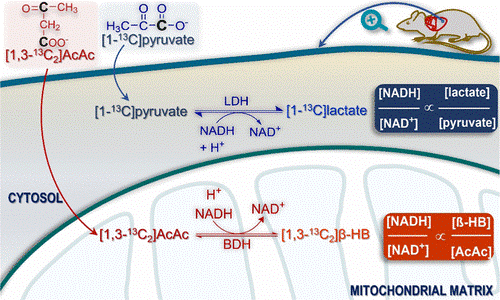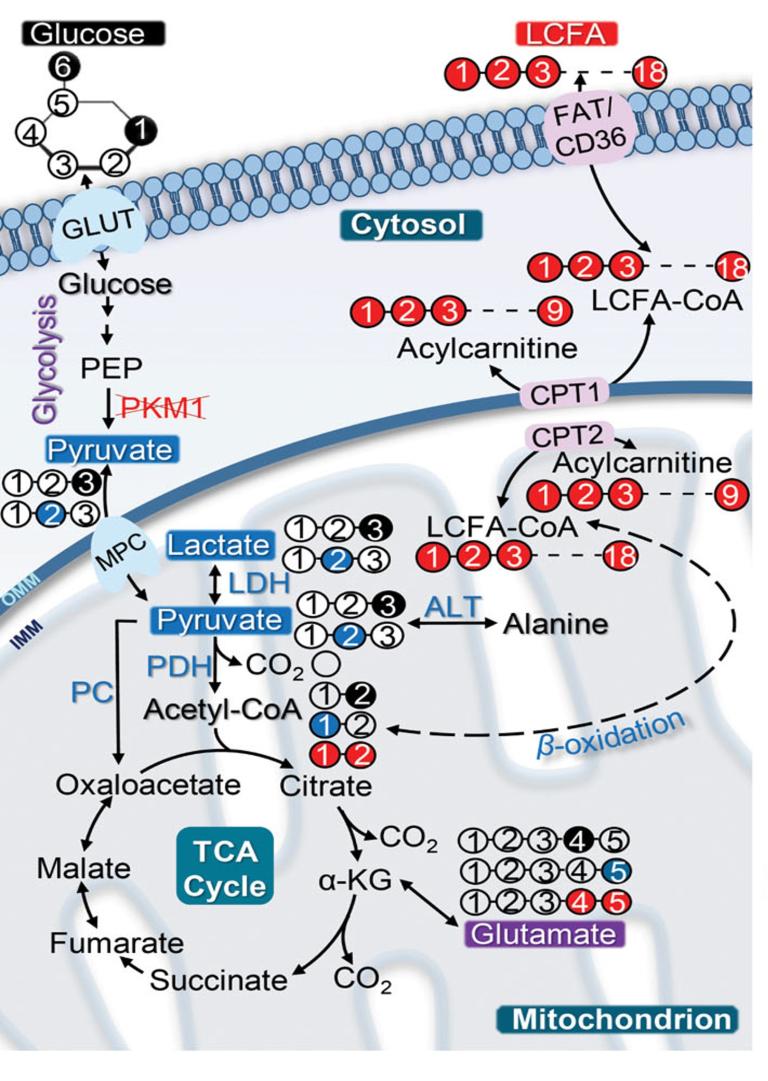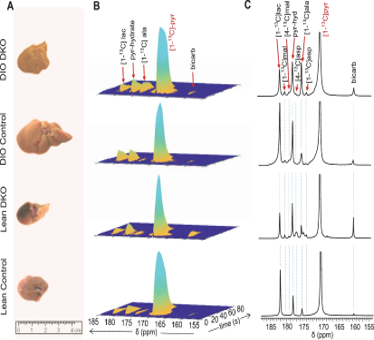Goals and Objectives
Research Focus
Metabolism is a fundamental aspect of many pathophysiologies and plays a critical role in various cardiovascular diseases and the successful preservation of thoracic organs for transplantation. Our research investigations explore the metabolic changes associated with cardiovascular diseases, such as coronary artery disease (CAD), and the processes involved in preserving human donor hearts and lungs. The lab investigates how metabolic pathways respond and adapt under various conditions by employing advanced metabolomics, transcriptomics, and stable isotope-resolved metabolomics. Using hyperpolarized (HP) 13C MRI, a non-invasive imaging technique, the team monitors real-time metabolic processes across a range of experimental models, including rodent and large animal models, as well as human donor organs. In addition, our research also assesses metabolism non-invasively in patients with cardiovascular diseases. This approach aims to identify key metabolic aterations that provide insight into organ function and disease progression. By integrating multi-omics strategies, this work aspires to optimize organ preservation techniques and improve outcomes for thoracic organ transplants, ultimately translating laboratory discoveries into meaningful advancements in patient care and donor organ viability.
This study demonstrates that biomarkers of mitochondrial and cytosolic redox may be detected simultaneously in functioning tissues using co-polarized [1-13C]pyruvate and [1,3-13C2]AcAc and 13C MRS and that changes in mitochondrial redox may precede changes in cytosolic redox.

Metabolic remodeling precedes most alterations during cardiac hypertrophic growth under hemodynamic stress. The elevation of glucose utilization has been recognized as a hallmark of metabolic remodeling. However, its role in cardiac hypertrophic growth and heart failure in response to pressure overload remains to be fully illustrated. Here, we aimed to dissect the role of cardiac PKM1 (pyruvate kinase muscle isozyme 1) in glucose metabolic regulation and cardiac response under pressure overload.

In this study, we used hyperpolarized (HP) 13C-magnetic resonance spectroscopy to study the impact of a PDK2/PDK4 double knockout (DKO) on pyruvate metabolism in perfused livers from lean and diet-induced obese (DIO) mice and validated the HP observations with high-resolution 13C-nuclear magnetic resonance (NMR) spectroscopy of tissue extracts and steady-state isotopomer analyses.

In this study, we examined the conversion of hyperpolarized (HP) 13C-acetoacetate (AcAc) to 13C-β-hydroxybutyrate (β-HB) as a potential imaging biomarker for mitochondrial redox and dysfunction in perfused rat hearts.
